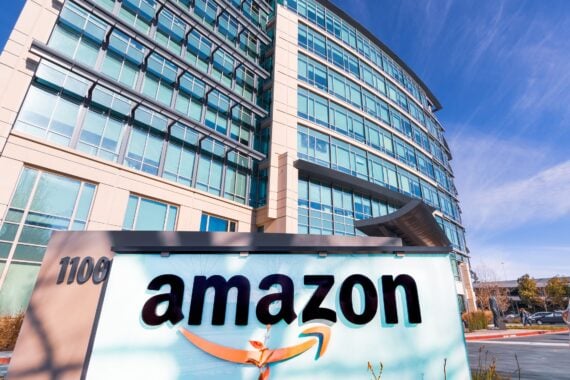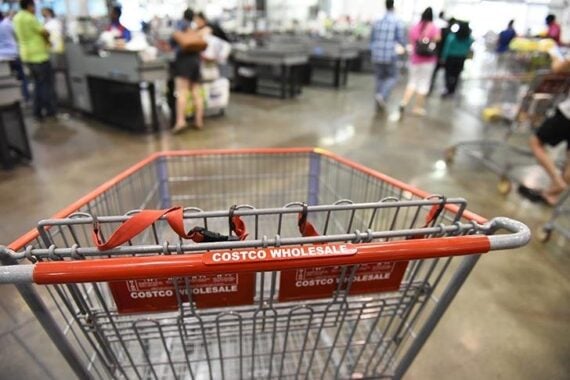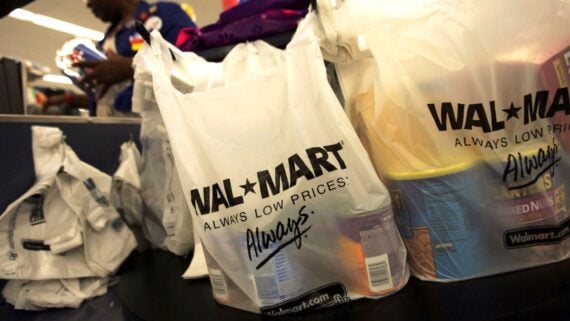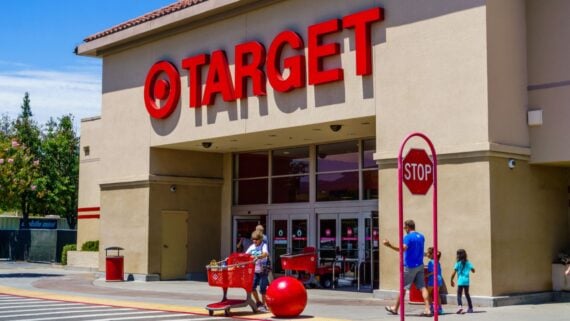Rivian is all investors can talk about now, and rightly so. The maker of electric trucks and SUVs just went public, and it’s already valued at a staggering $86 billion, according to CNBC. Investors who bought stock at the $78 IPO price have already made a pretty penny, with the stock rising 29% in one day. Only time will tell if Rivian continues to surge, but we can look back at some other famous companies to help polish our crystal balls. Here’s how an investor would have fared by buying 100 shares of companies including Amazon, FedEx, and Tesla at the moment of their initial public offering and holding them until recently, a range of eight to 102 years. These simplistic calculations are based on each stock’s closing price on Sept. 10, 2021, and you may notice a pattern in which the growth in the number of shares (known as stock splits) plays a significant role in many of the more successful companies.
Related: Every Electric Truck and SUV on the Market — and More Expected Soon
General Motors (GM)
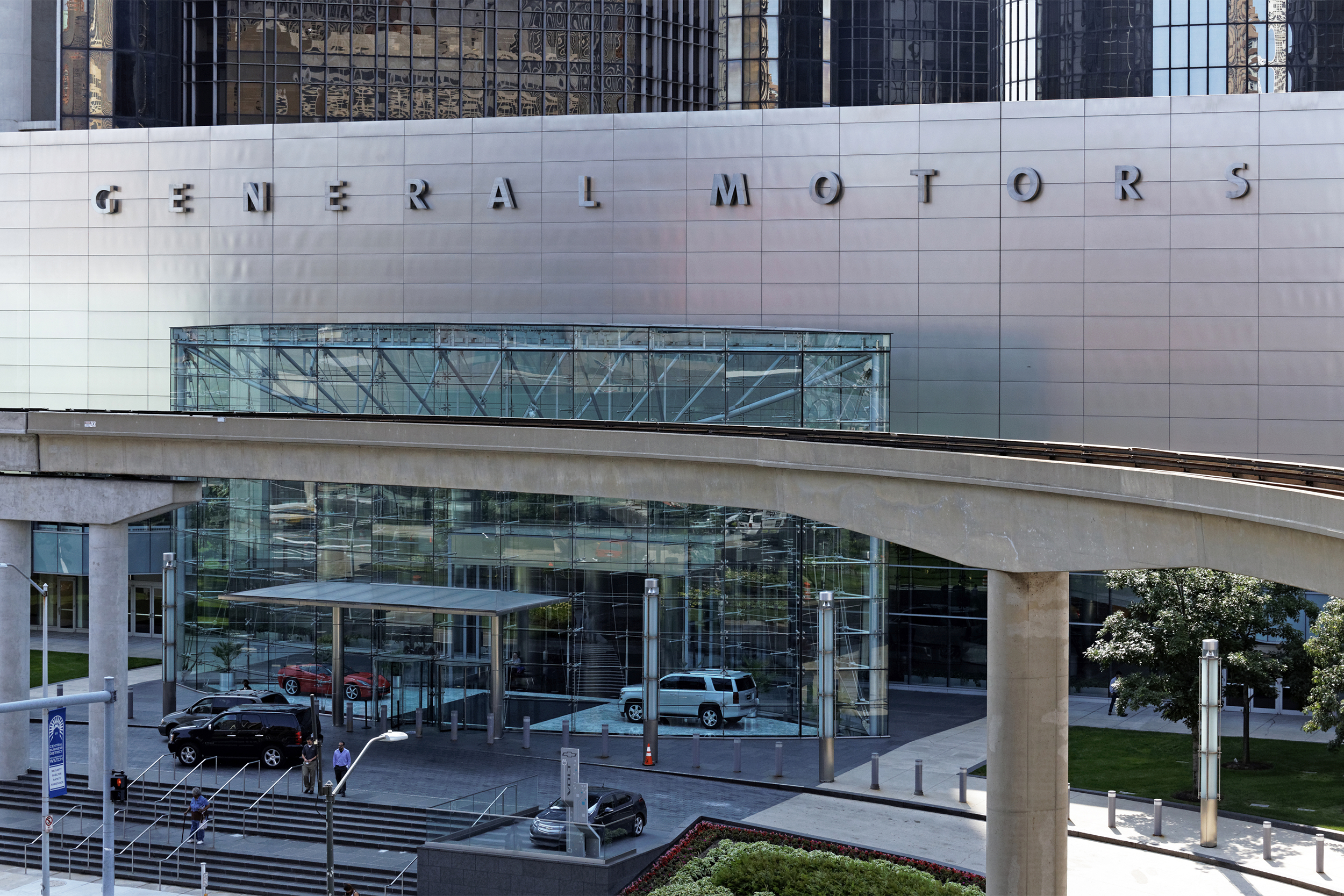
You’d now have: $4,950
From buying 100 shares for: $3,300
On the IPO date: Nov. 17, 2010
At the IPO price: $33
At its peak, GM was one of the biggest corporations in the world. It had a market value of about $13 billion in 1955, according to Barron’s, or almost double its current worth adjusted for inflation. But the 2008 financial crisis brought the company to its knees, and a trip into bankruptcy the next year left it to start over again as a public company. If you bought 100 shares on that date and held them, they’d have gained around 50%.
Related: The Fastest-Selling New and Used Cars Will Surprise You
Twitter (TWTR)

You’d now have: $6,156
From buying 100 shares for: $2,600
On the IPO date: Nov. 7, 2013
At the IPO price: $26
Jack Dorsey’s sometimes controversial microblogging social network always seems to be the center of attention. Though still a young public company, and one that hasn’t split its stock so far, its stock price has more than doubled since its initial public offering.
Related: 13 Brands That Celebrities Hurt Via Social Media
United Parcel Service (UPS)
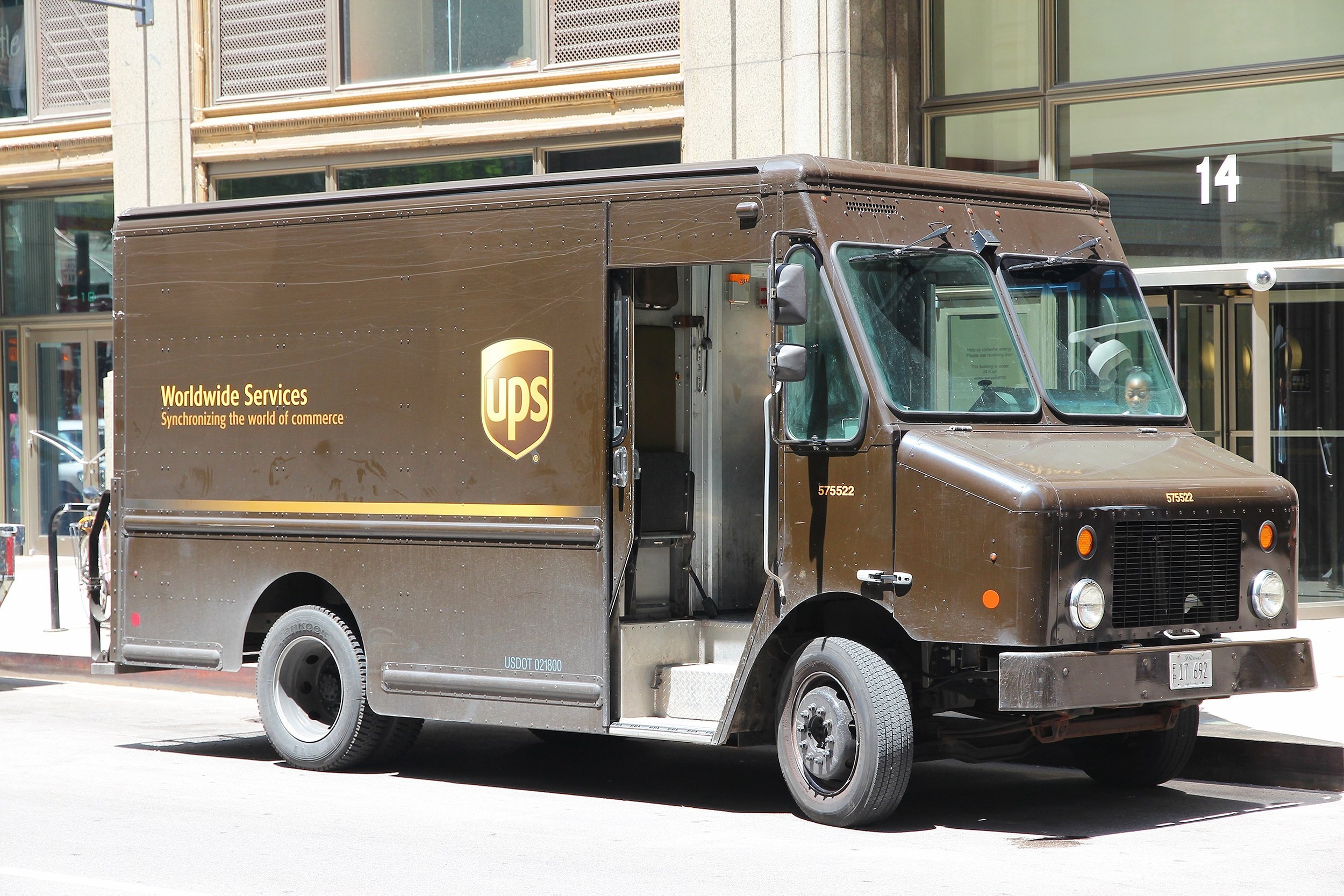
You’d now have: $19,326
From buying 100 shares for: $5,000
On the IPO date: Nov. 10, 1999
At the IPO price: $50
Nearly 100 years old, UPS was a large business before going public — a move that generated a nice windfall for its employees, who held about one-third of the company’s shares, according to Kiplinger. The stock is up over the past year partly due to increased shipping from online retailers, making it now worth nearly four times the IPO price.
Related: 12 Ways to Ship Anything For Less
Ford (F)
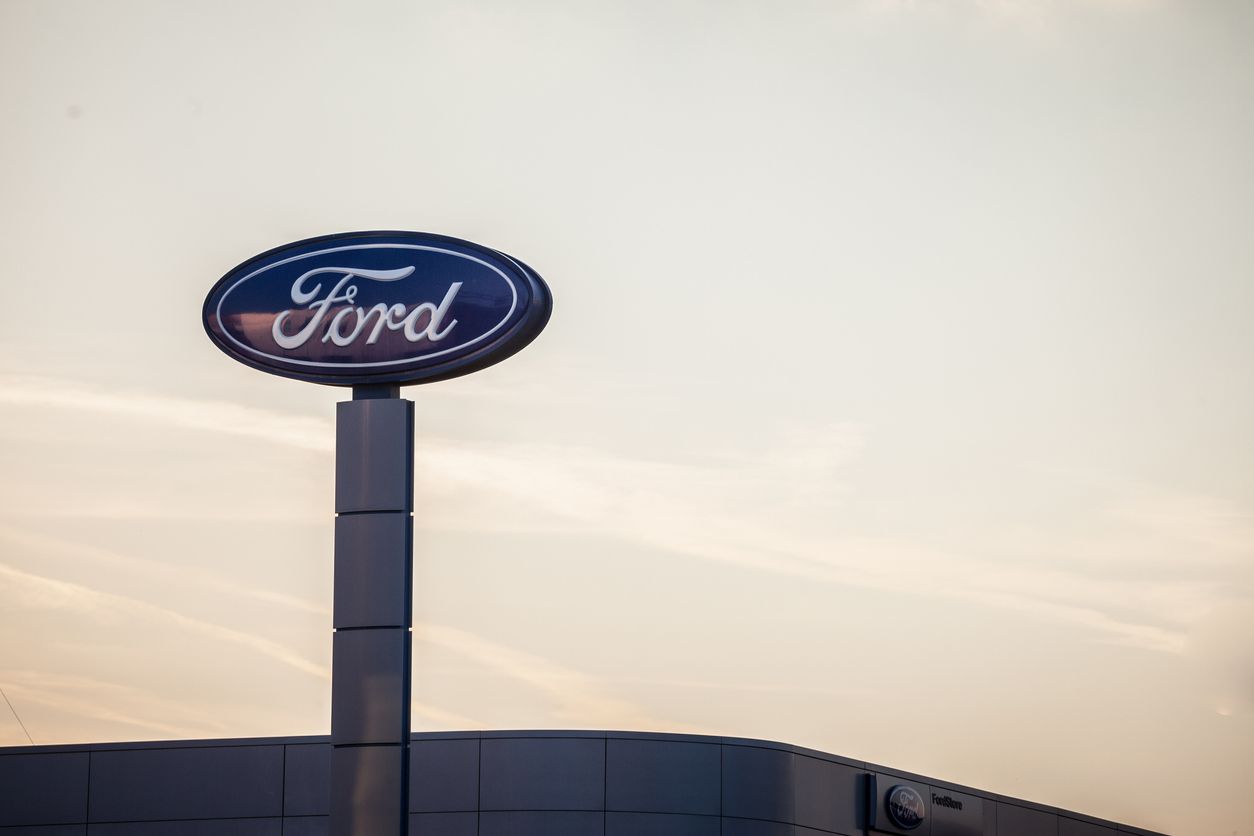
You’d now have: $28,530
From buying 100 shares for: $6,450
On the IPO date: Jan. 17, 1956
At the IPO price: $64.50
Ford’s initial public offering was the largest in history at the time, raising $657 million for the automaker. But despite its $52 billion market capitalization, the company’s shares are valued at about one-third of where they were as recently as 1998 — even with six stock splits along the way.
Related: The Bestselling Cars From the Past 42 Years
Facebook (FB)
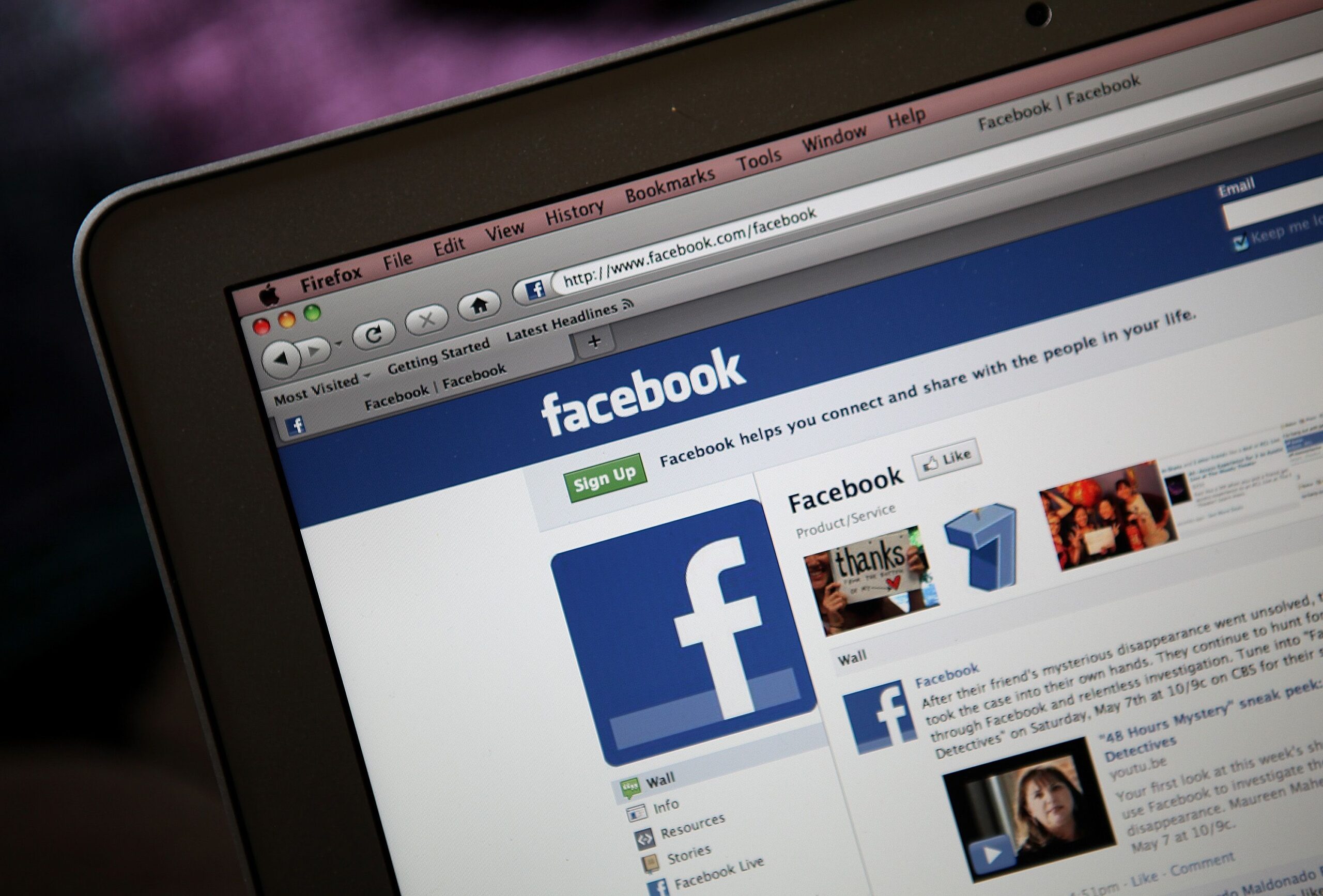
You’d now have: $37,869
From buying 100 shares for: $3,800
On the IPO date: May 18, 2012
At the IPO price: $38
Early investors couldn’t have been pleased when the company’s stock dipped below $20 a share a few months after the IPO. But those who stayed should be happy now — the stock nearly doubled in the last year — with a rise of nearly 900%.
Related: I Quit Facebook for a Month and This Is What Happened
Trending on Cheapism
Charter Communications (CHTR)
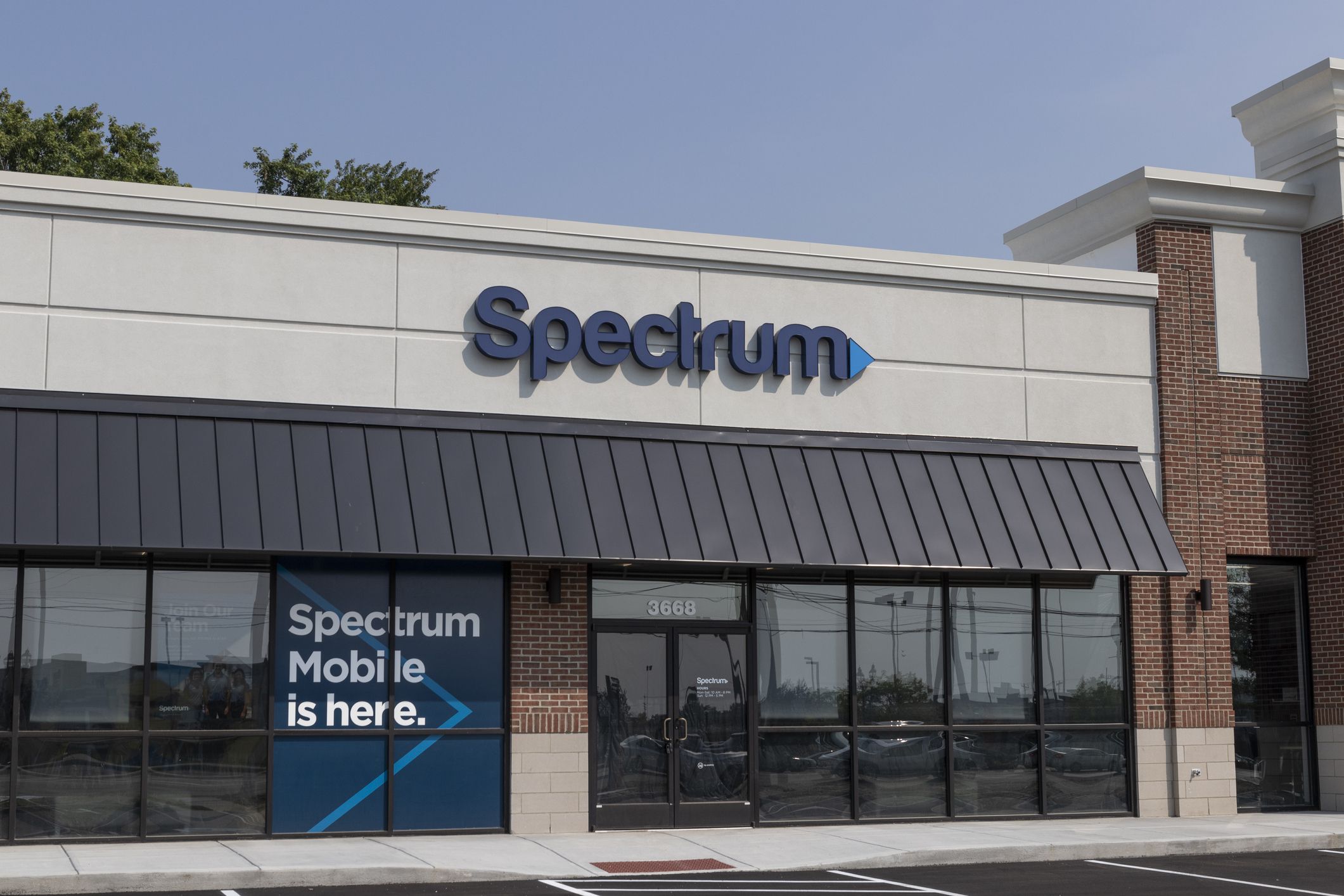
You’d now have: $78,712
From buying 100 shares for: $1,900
On the IPO date: Nov. 9, 1999
At the IPO price: $19
The late Microsoft co-founder Paul Allen had a vision that cable companies would provide the backbone of the “wired world” when he took the No. 4 cable provider public in 1999, according to Kiplinger. The stock is now worth more than 4,000% of its IPO price, turning a modest investment into an attractive sum without a stock split to help it along.
Related: 19 Investments Better Than Bitcoin
Lululemon (LULU)

You’d now have: $85,116
From buying 100 shares for: $1,800
On the IPO date: July 26, 2007
At the IPO price: $18
The yoga-inspired womens’ athletic apparel company started by Chip Wilson in Canada in 1998 has since branched out to offer gear for running, cycling, “and other sweaty pursuits” for women and men, according to its website. That’s led to a market capitalization of $54 billion and a tidy return on our hypothetical investment.
Related: 25 Canadian Stores That Americans Love
Visa (V)
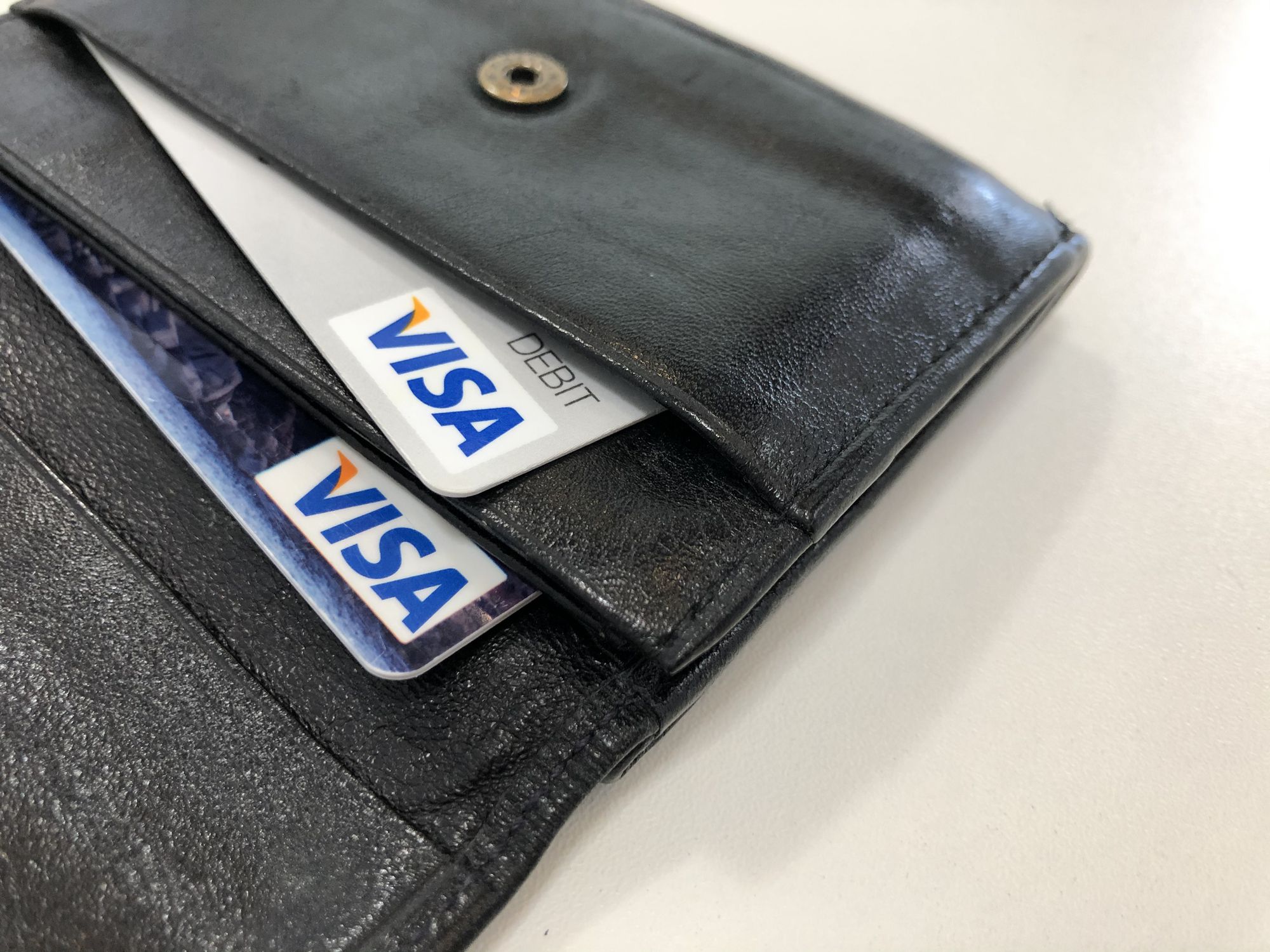
You’d now have: $89,964
From buying 100 shares for: $4,400
On the IPO date: March 18, 2008
At the IPO price: $44
Visa’s public offering in the thick of the 2008 financial crisis “was a gutsy move by management, who wanted to make a statement that Visa was in solid financial condition,” said Kiplinger.com. Investors drove the price up nearly 30% on the first day and those who’ve held on to the stock have seen a significant gain with a 4-for-1 split in 2015.
Related: 12 Best Credit Cards for Seniors
Sign up for our newsletter
Dollar Tree (DLTR)
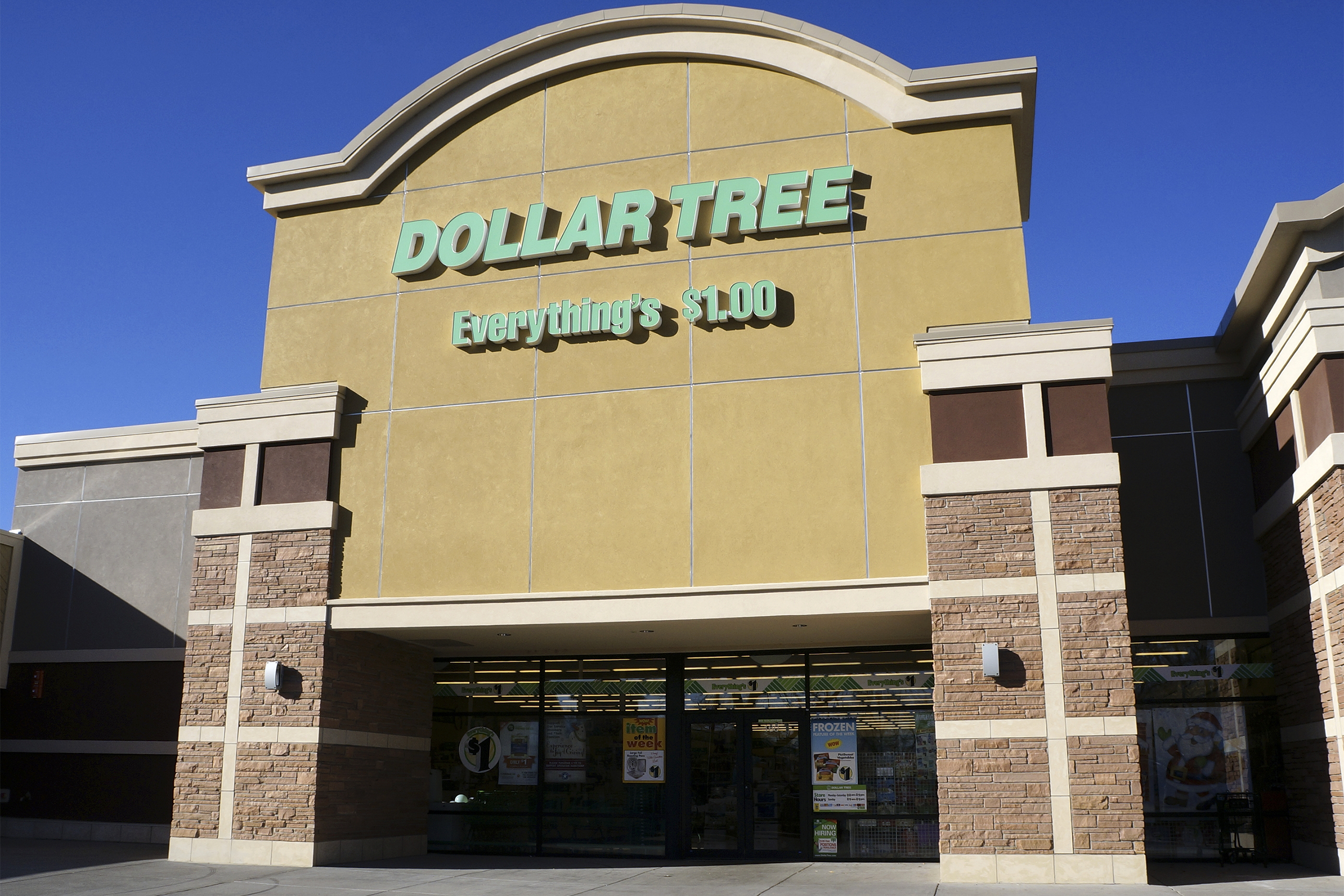
You’d now have: $136,939
From buying 100 shares for: $1,500
On the IPO date: March 6, 1995
At the IPO price: $15
In 30 years, the Virginia-based discount variety retailer has grown to more than 15,000 stores. That growth is reflected in its stock numbers including six splits between 1996 and 2012, giving our hypothetical investor a 9,000% return on a modest investment.
Related: 26 Things You Didn’t Know About Dollar Stores
Chipotle Mexican Grill (CMG)
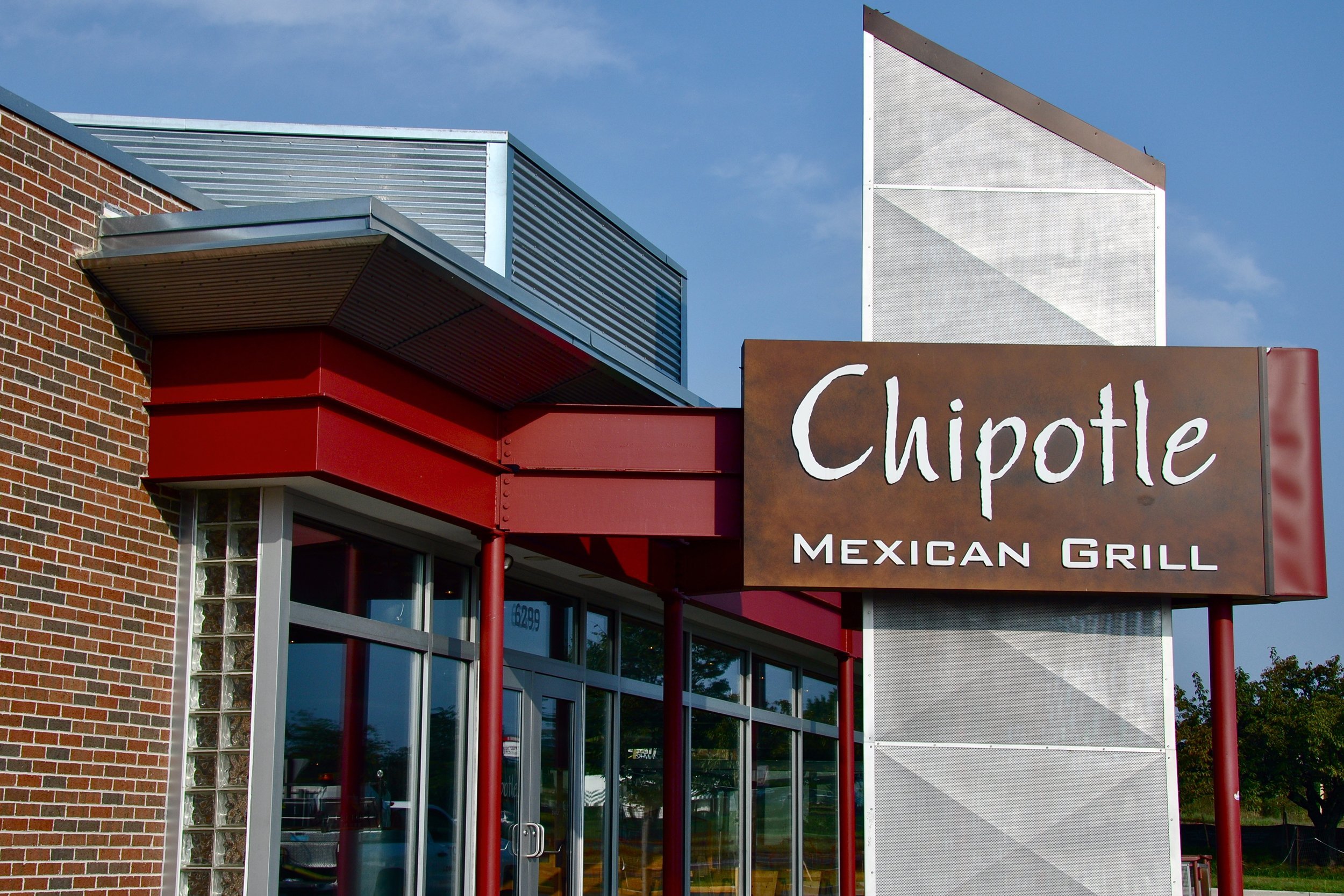
You’d now have: $190,130
From buying 100 shares for: $2,200
On the IPO date: Jan. 26, 2006
At the IPO price: $22
Once owned by McDonald’s, the fast-casual chain went public in 2006 and investors gobbled up the stock, doubling its value on the first day of trading. “Some of the traders who flipped the shares during their first day on the market may have felt good about doubling their money,” says nasdaq.com. “Holding onto them would’ve been so much better.” Following a dip in 2016-17 from repeated problems with E. coli, salmonella, and norovirus, the stock has gone through the roof. It has never split and the company doesn’t pay dividends.
Related: The Biggest Fast-Food Flops of All Time
Tesla (TSLA)
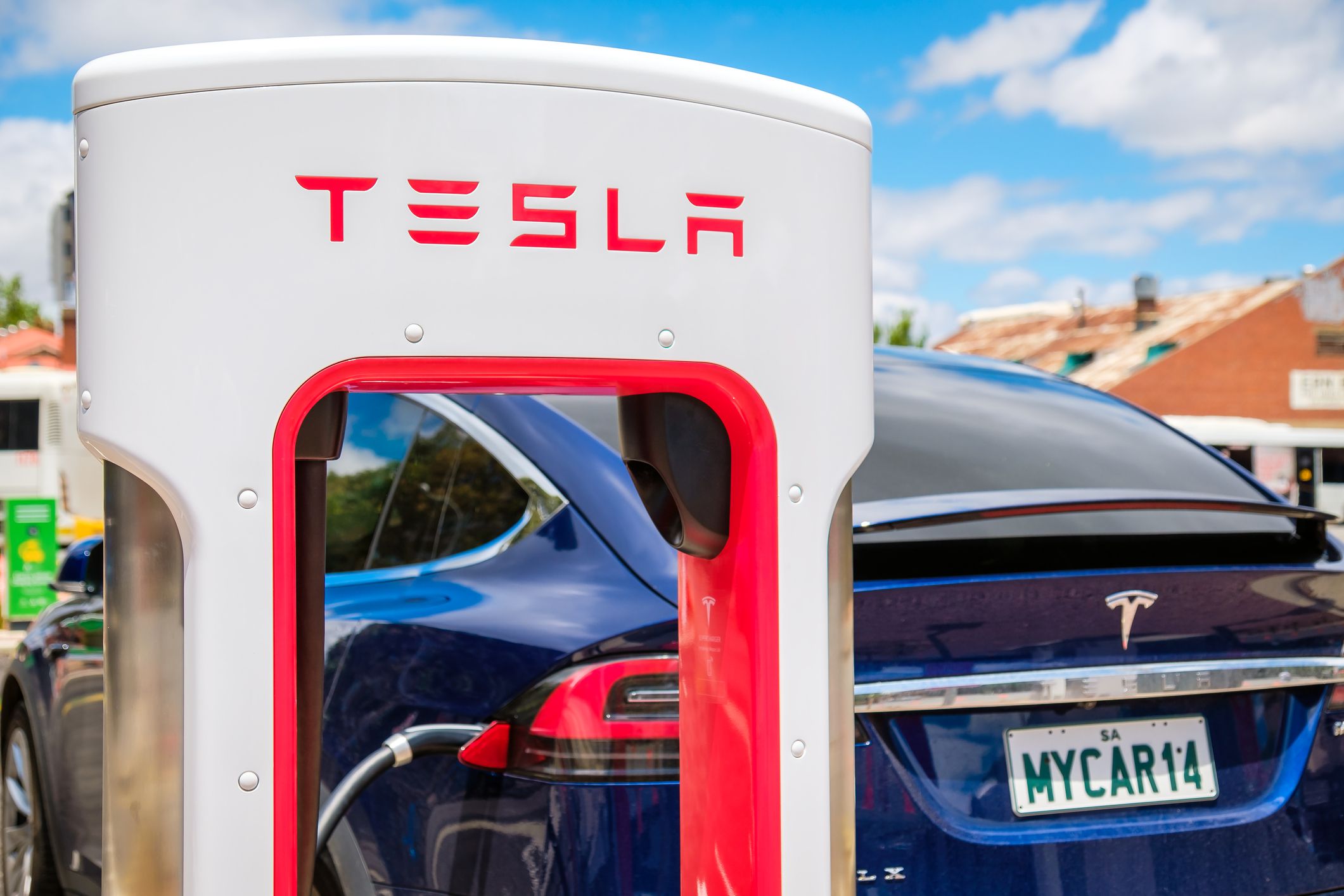
You’d now have: $368,135
From buying 100 shares for: $1,700
On the IPO date: June 29, 2010
At the IPO price: $17
Tesla wasn’t always the hottest name in the automotive industry. In its early years as a public company, it struggled to turn a profit, working to make its vehicles more affordable to the average buyer. Shareholders of the electric vehicle and clean energy company got a boost in 2020 with a 5-for-1 stock split and the stock price has since flirted with $900 a share.
Related: Surprising Things Tesla Makes That Aren’t Electric Cars
FedEx (FDX)
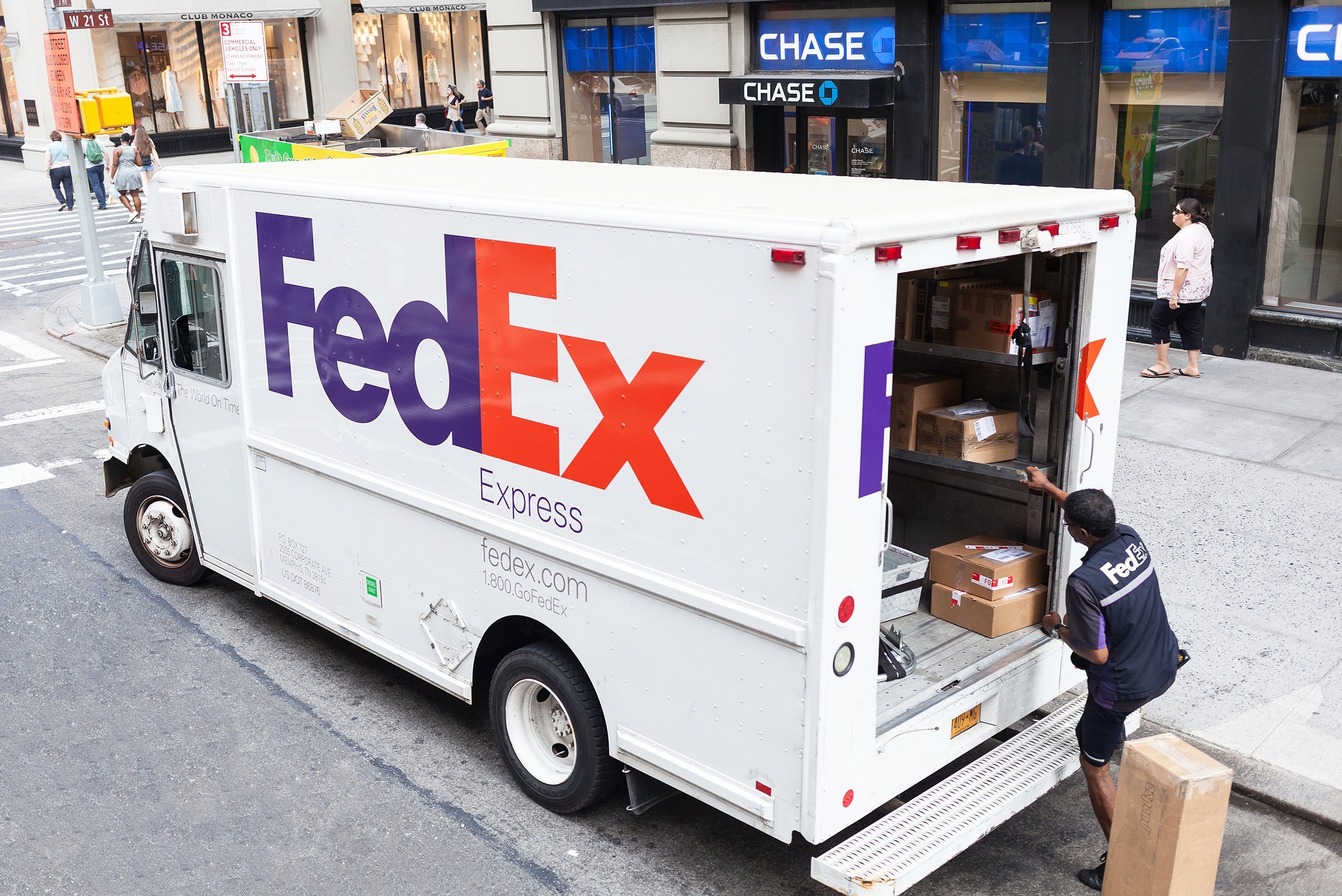
You’d now have: $824,160
From buying 100 shares for: $2,400
On the IPO date: April 12, 1978
At the IPO price: $24
The Memphis-based overnight shipping giant grew a handful of aircraft into the world’s largest all-cargo air fleet, making it a household name. Five stock adjustments between 1978 and 1999 turned a single share of stock in 32, significantly amplifying a held investment from its IPO.
Related: 24 Successful Businesses Launched During Economic Downturns
Netflix (NFLX)
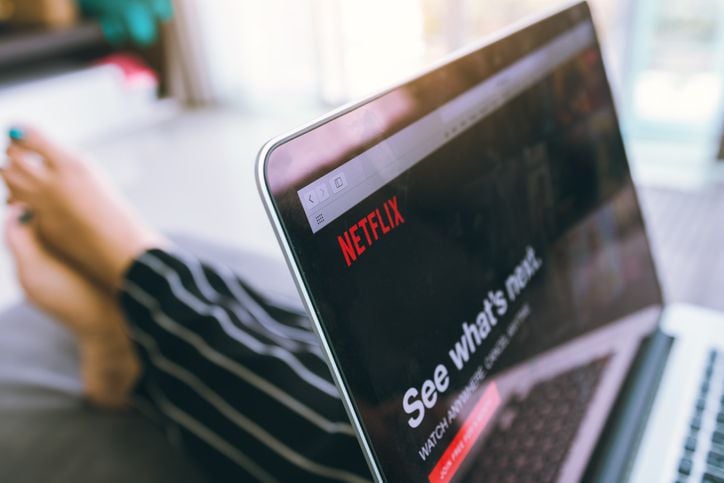
You’d now have: $838,208
From buying 100 shares for: $1,500
On the IPO date: May 23, 2002
At the IPO price: $15
Everyone knows the story of the DVD rental company that remade itself into a streaming content giant, complete with its own original programming. What you might not know is that splits of 2-for-1 and 7-for-1 helped fuel the stock’s growth, turning a modest investment at the IPO price into a tidy nest egg now.
Related: 20 Famous Brands That Refused to Die
Southwest Airlines (LUV)
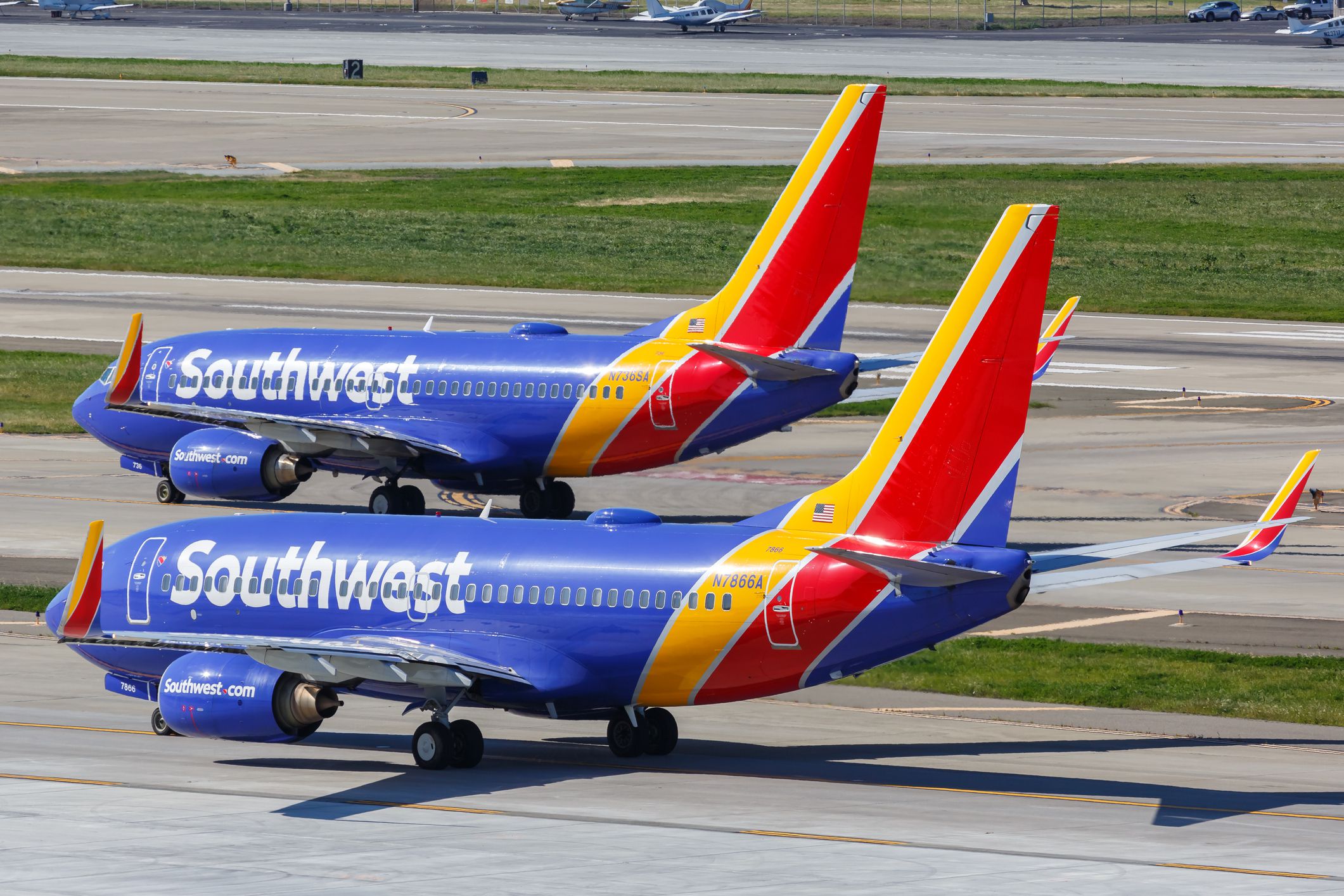
You’d now have: $1.4 million
From buying 100 shares for: $1,100
On the IPO date: June 8, 1978
At the IPO price: $11
It’s been 50 years since the Texas-based low-fare carrier made its first commercial flights with three aircraft serving Houston, Dallas, and San Antonio. At its peak in 2019, it was operating more than 4,000 flights a day. Its stockholders have seen 14 stock splits between 1977 and 2001.
Related: Budget Airlines Ranked From Best to Worst
Apple (AAPL)
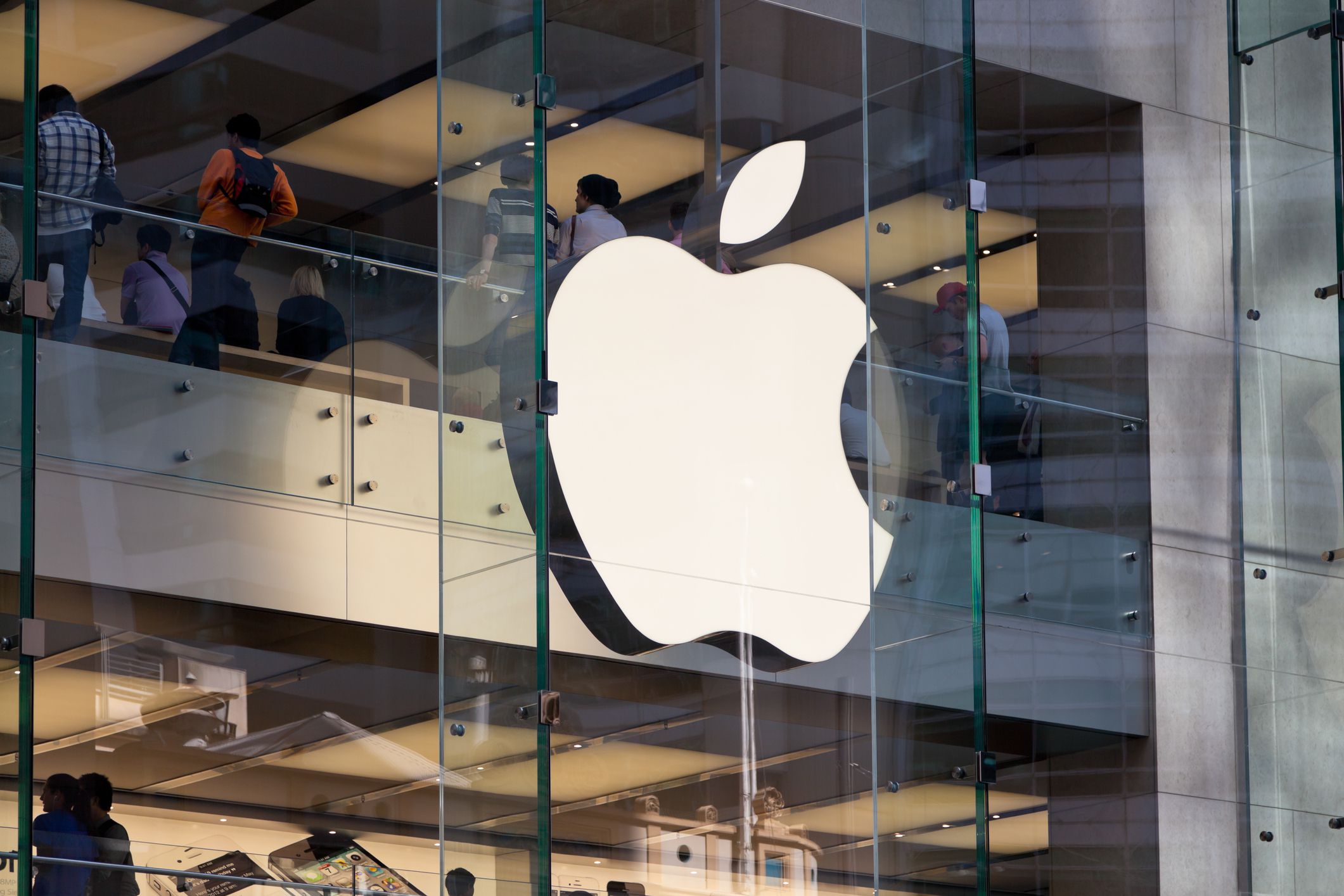
You’d now have: $3.3 million
From buying 100 shares for: $2,200
On the IPO date: Dec. 12, 1980
At the IPO price: $22
If you were a patient investor who was able to get in on Apple’s 1980 IPO — and didn’t mind some turbulent years in between — you’d be sitting on a small fortune after a series of splits over the past 40 years — three 2-for-1 splits, an amazing 7-for-1 split in 2014, and a 4-for-1 split in 2020.
Related: The Greatest American Inventions of the Past 50 Years
Amazon (AMZN)
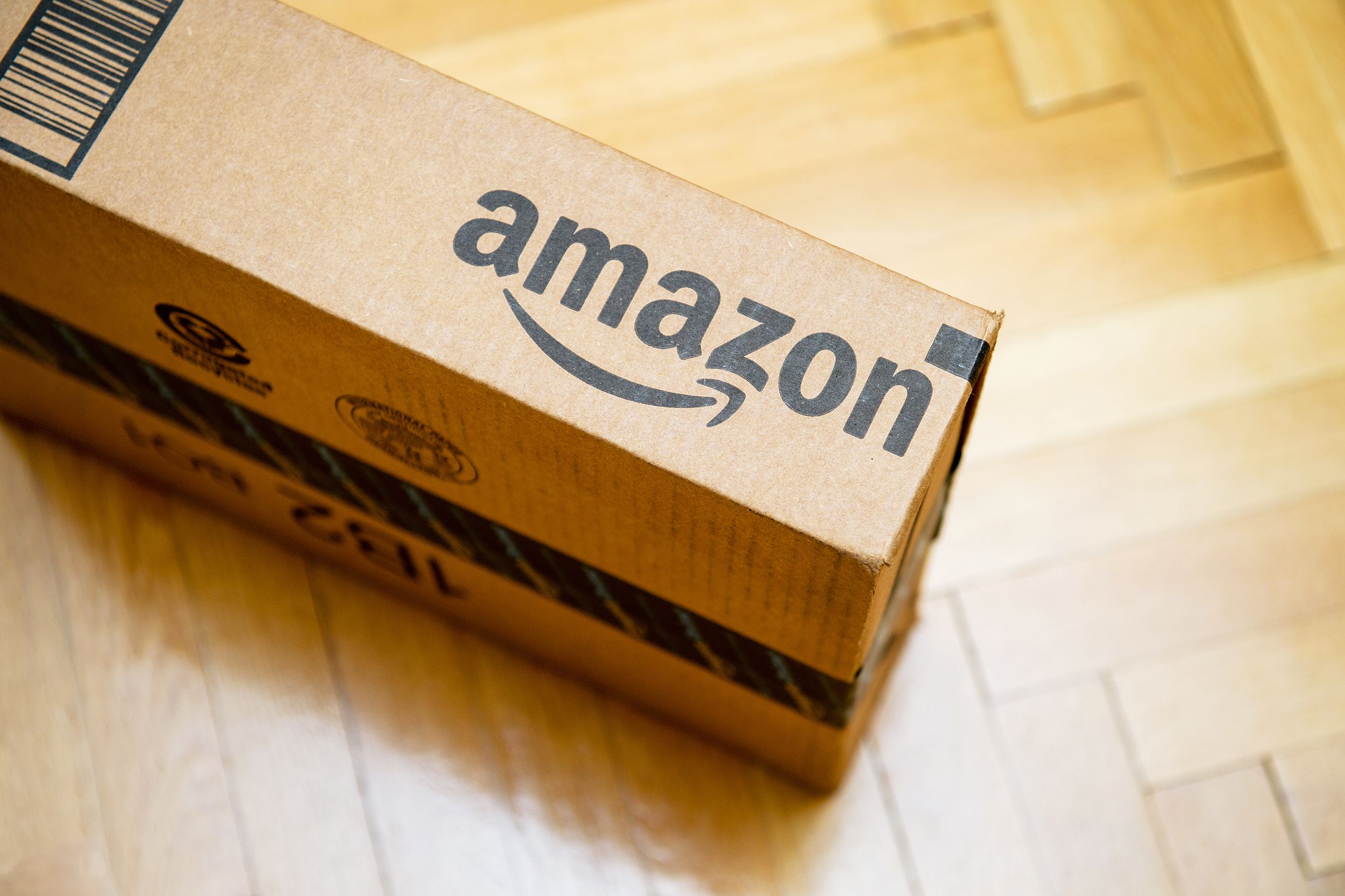
You’d now have: $4.1 million
From buying 100 shares for: $1,800
On the IPO date: May 15, 1997
At the IPO price: $18
Amazon’s rise has been well-documented from “Earth’s Biggest Bookstore” to an online retail behemoth. Three splits early on would have turned our hypothetical investor’s 100 shares into 1,200, greatly magnifying the rise in the stock’s value over the following years — especially since it trades at nearly $3,500 a share now.
Related: I Stopped Shopping on Amazon and This Is What Happened
Intel (INTC)
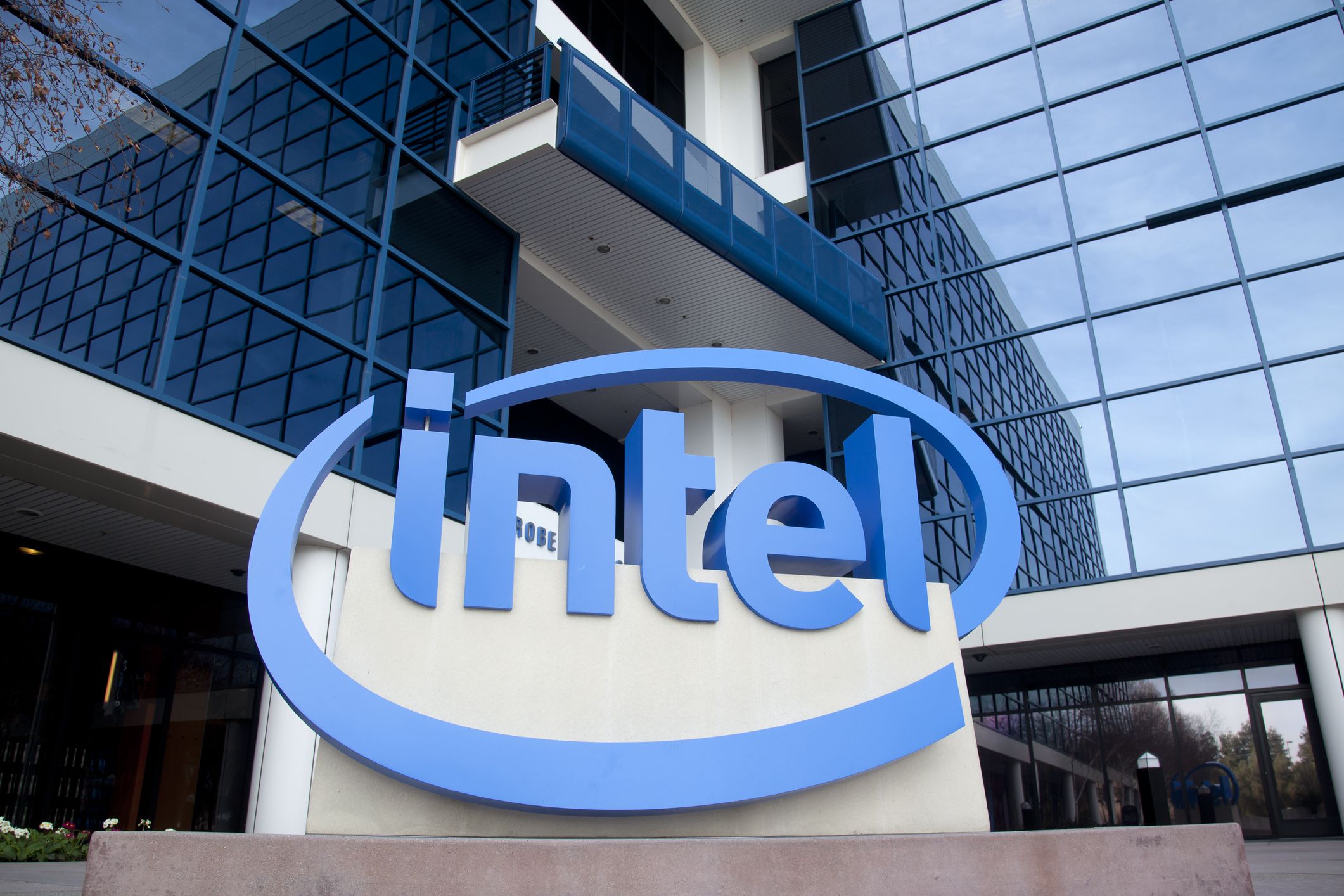
You’d now have: $6.5 million
From buying 100 shares for: $2,350
On the IPO date: Oct. 13, 1971
At the IPO price: $23.50
Intel “has been the world’s leading manufacturer of microprocessors and chipsets almost since its inception” in 1968, Investopedia.com says, and over the years shareholders have seen 13 stock splits, turning a single share from the IPO into 1,215 today.
Related: 50 Things Turning 50 This Year
Microsoft (MSFT)
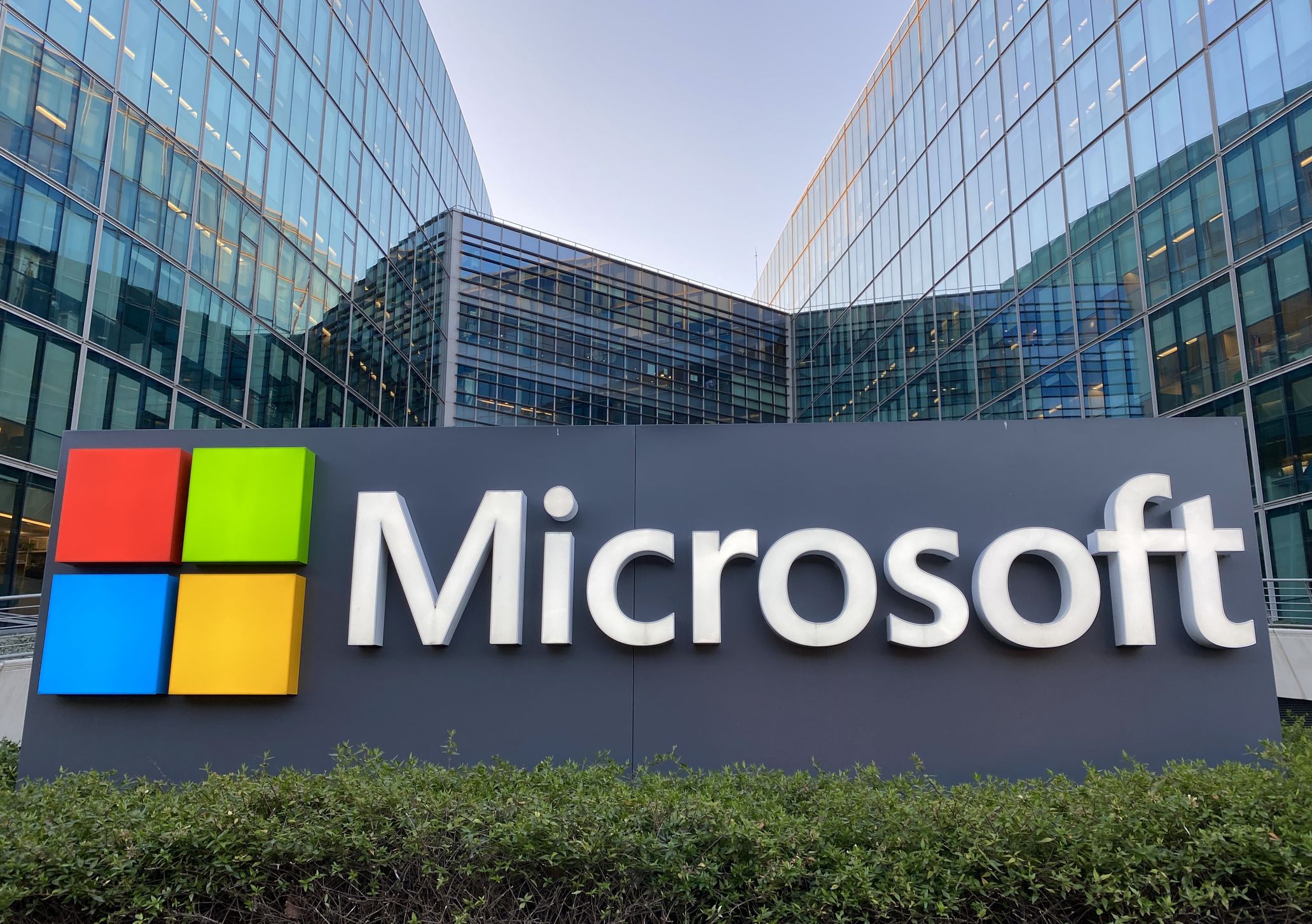
You’d now have: $8.5 million
From buying 100 shares for: $2,100
On the IPO date: March 13, 1986
At the IPO price: $21
With no less than nine stock splits (mostly of the 2-for-1 variety) between 1987 and 2003 and a steadily increasing stock price after the financial crisis of the 2000s, the holder of 100 shares at the IPO price would now have nearly 29,000 shares. Little wonder many of the company’s founders are some of the richest people in America.
Related: These Are the Most Reputable Companies, According to Boomers
Home Depot (HD)
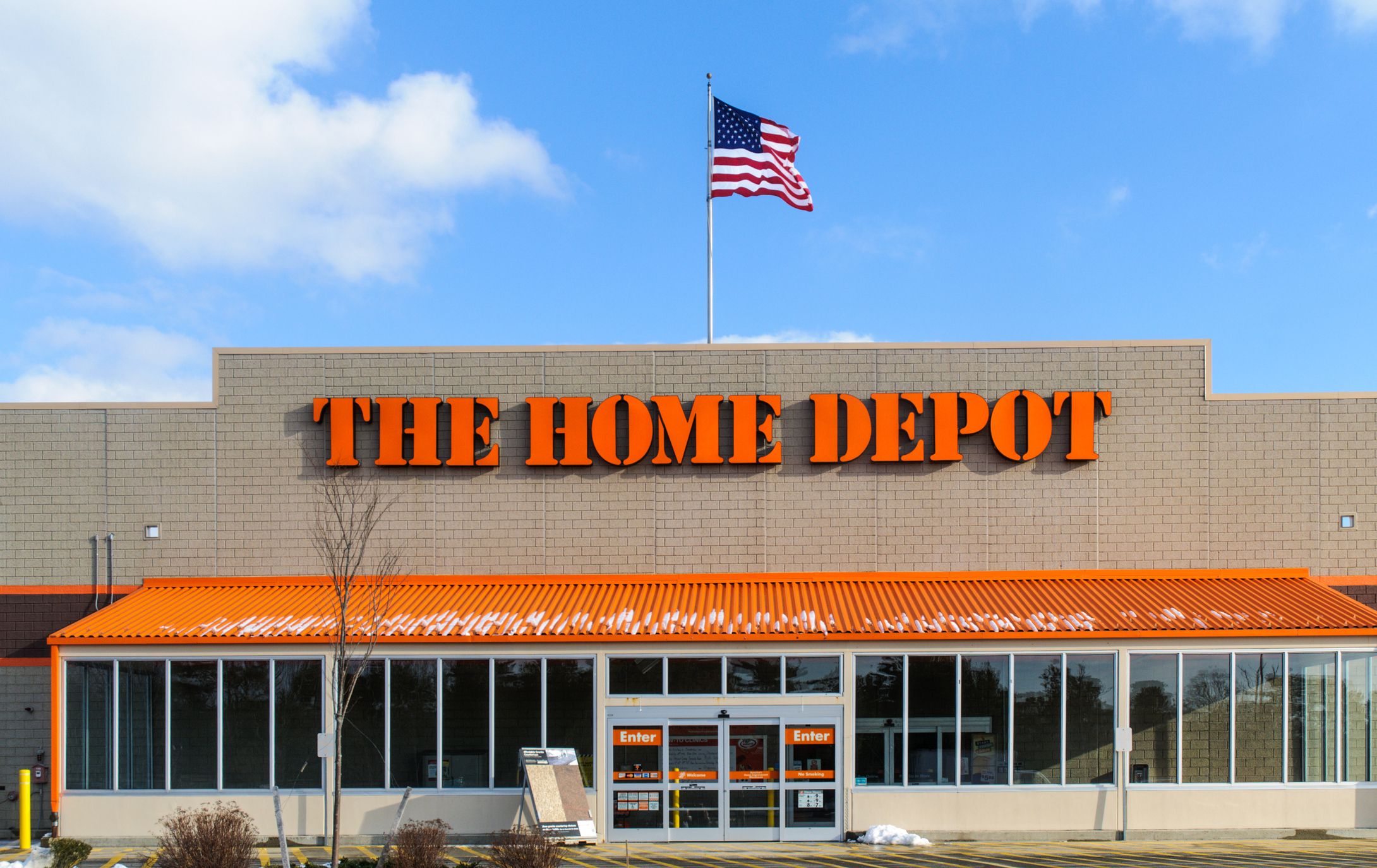
You’d now have: $11.3 million
From buying 100 shares for: $1,200
On the IPO date: Sept. 22, 1981
At the IPO price: $12
A few months after being fired in 1978 by Handy Dan Home Improvement, Bernie Marcus and Arthur Blank took their idea for a different kind of hardware store and incorporated The Home Depot, opening the first two do-it-yourself warehouses in Atlanta in 1979. The company now boasts 2,300 stores across North America and the stock has split 13 times between 1982 and 1999.
Related: How to Save Money at Home Depot and Lowe’s
Johnson & Johnson (JNJ)
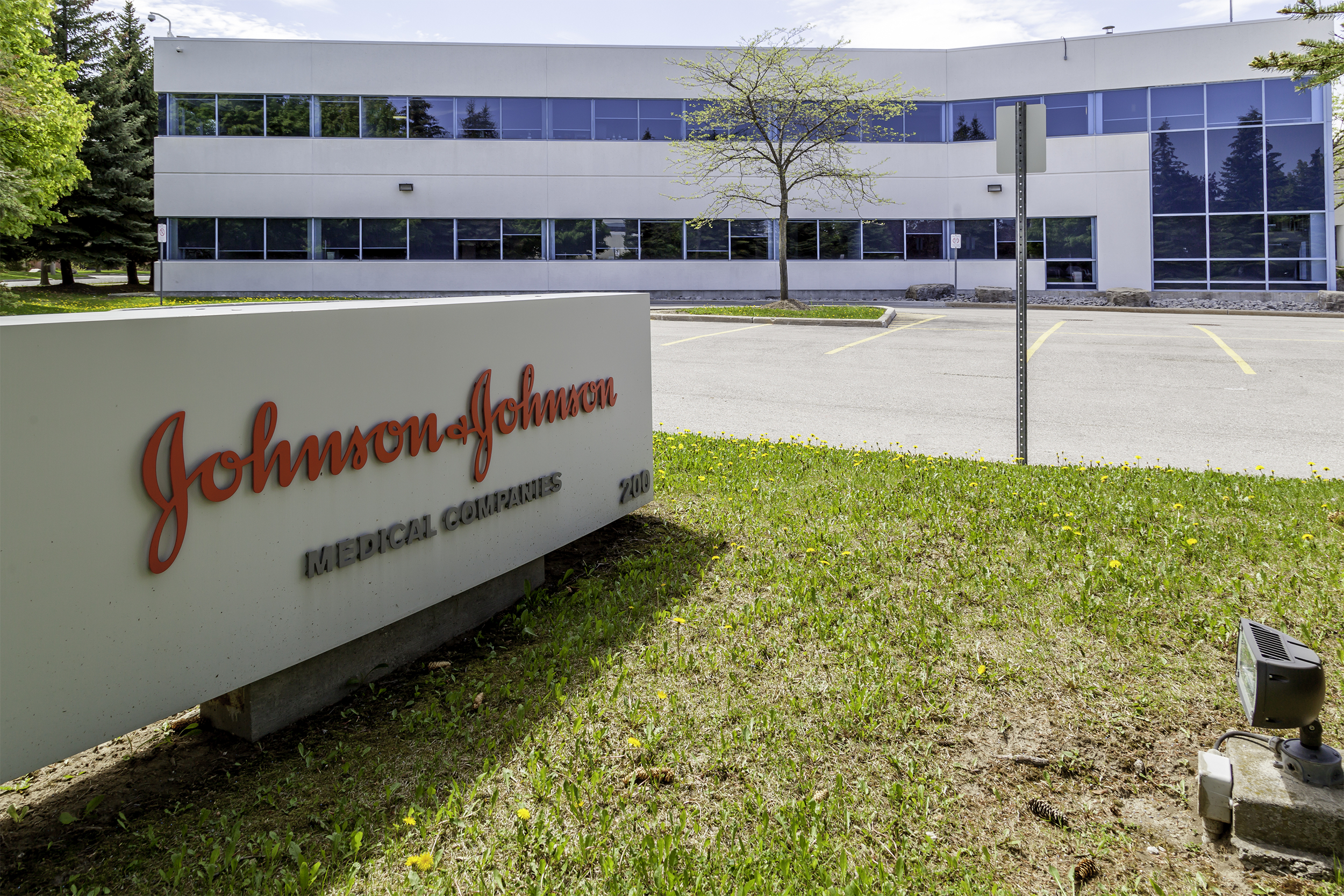
You’d now have: $13.9 million
From buying 100 shares for: $3,750
On the IPO date: Sept. 24, 1944
At the IPO price: $37.50
J&J had been around for a long time before going public in 1944. A series of stock dividends — including a generous one for 200% — and splits between 1947 and 2001 would have helped our hypothetical investor in this IPO build a sizable fortune over time.
Related: 27 of the Biggest Lawsuit Settlements Against Companies
The Walt Disney Co. (DIS)
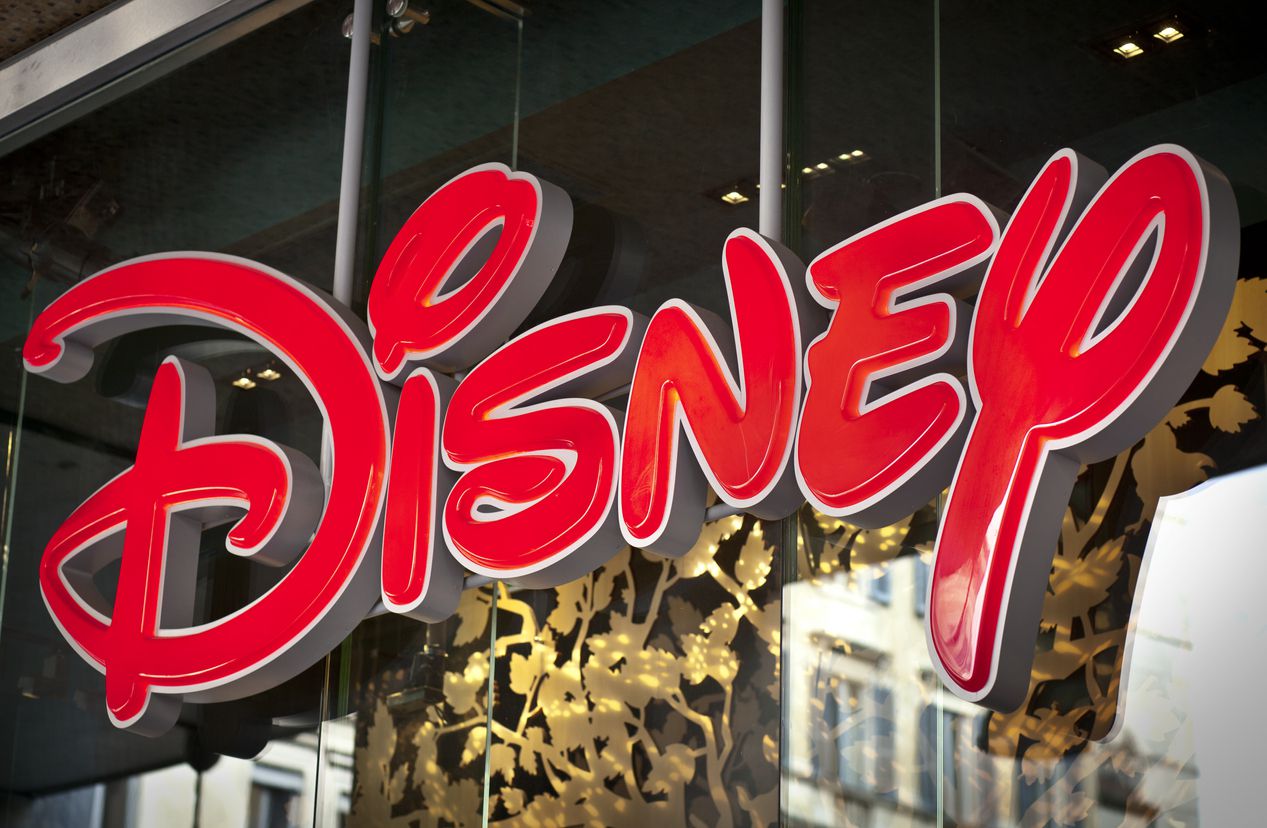
You’d now have: $14.1 million
From buying 100 shares for: $1,388
On the IPO date: Nov. 12, 1957
At the IPO price: $13.88
About two years after Disneyland opened, the company Walt Disney built — with some help from Mickey Mouse, of course — went public. Almost 65 years and eight stock splits later, a modest investment in the entertainment giant would now be worth a fortune. Certainly enough to pay for a subscription to Disney+.
Related: 34 Companies That Changed American Culture for Better or Worse
McDonald’s (MCD)
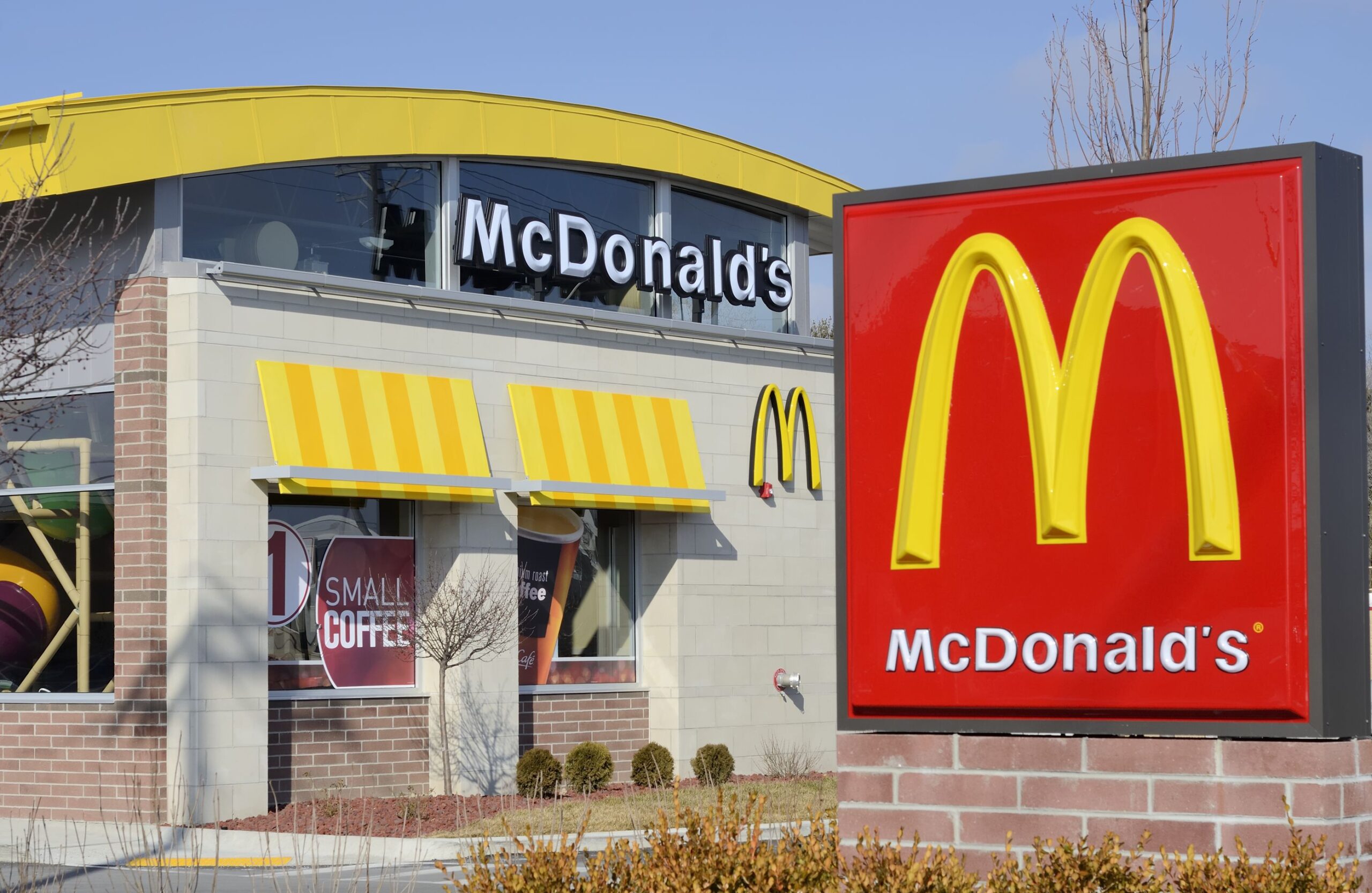
You’d now have: $17.7 million
From buying 100 shares for: $2,250
On the IPO date: April 21, 1965
At the IPO price: $22.50
With more than 39,000 locations in nearly 100 countries, McDonald’s has become the largest fast-food chain in the world, as well as a household name. The company has executed a dozen stock splits and one 2% stock dividend between 1966 and 1999, increasing our hypothetical investment by 790,000%.
Related: 20 Fast Food Restaurants Then and Now
Lowe’s (LOW)
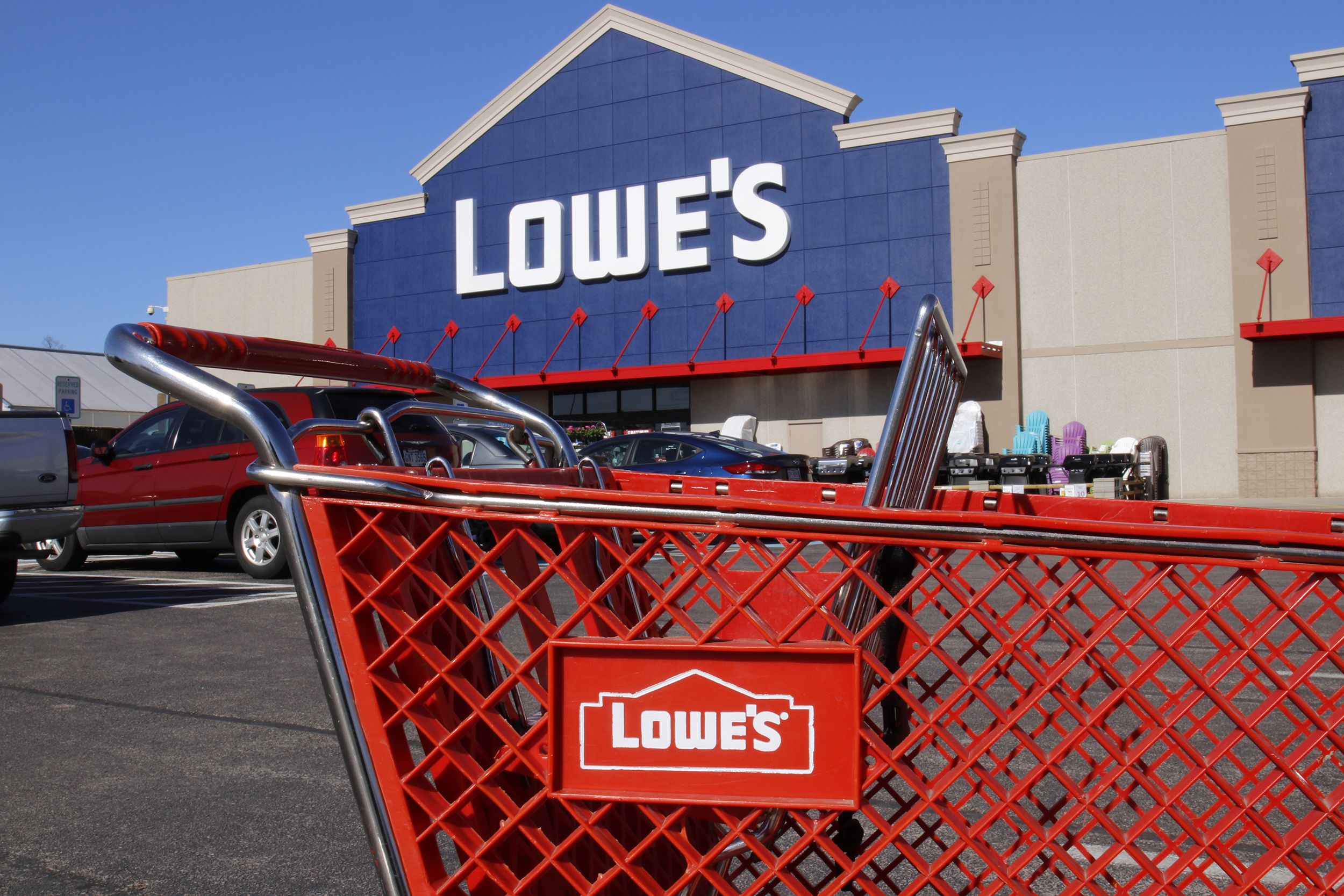
You’d now have: $19.6 million
From buying 100 shares for: $1,225
On the IPO date: Oct. 10, 1961
At the IPO price: $12.25
The company has grown from a small-town South Carolina hardware store to one of the largest home-improvement retailers in the world, and its stockholders have benefited greatly from five splits along the way.
Related: These 32 Stores Are Getting Rid of Cashiers and Checkout Lanes
Walmart (WMT)
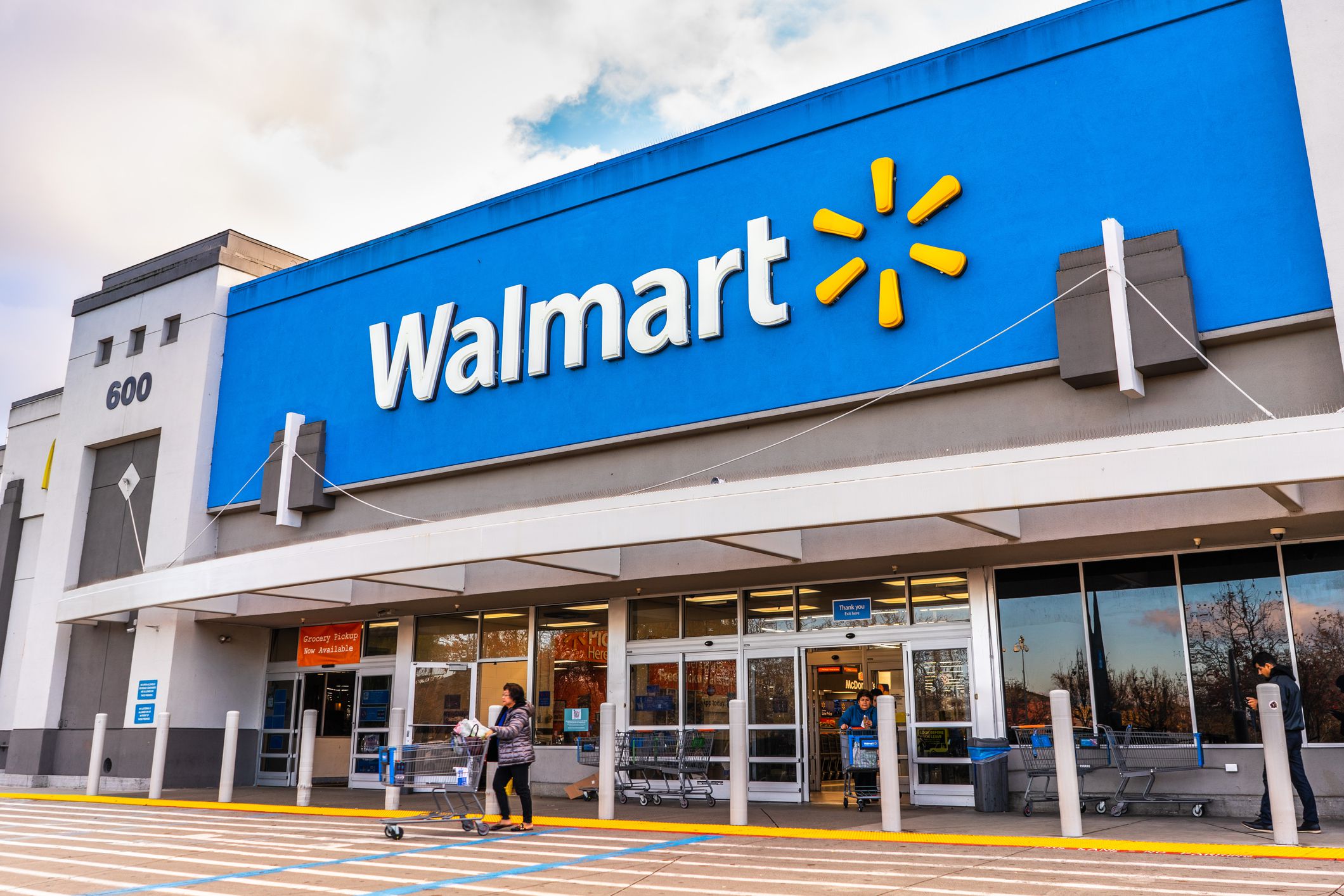
You’d now have: $29.8 million
From buying 100 shares for: $1,650
On the IPO date: Oct. 1, 1970
At the IPO price: $16.50
When Sam Walton opened the first Walmart in 1962 in Rogers, Arkansas, there’s no way he could have imagined how big it would eventually become, generating amazing wealth for his family for generations to come. Stockholders have also benefited, with the company’s stock splitting nine times — all 2-for-1 affairs — between 1975 and 1999.
Related: Here’s What the First Walmart Stores Actually Sold
Coca-Cola (KO)
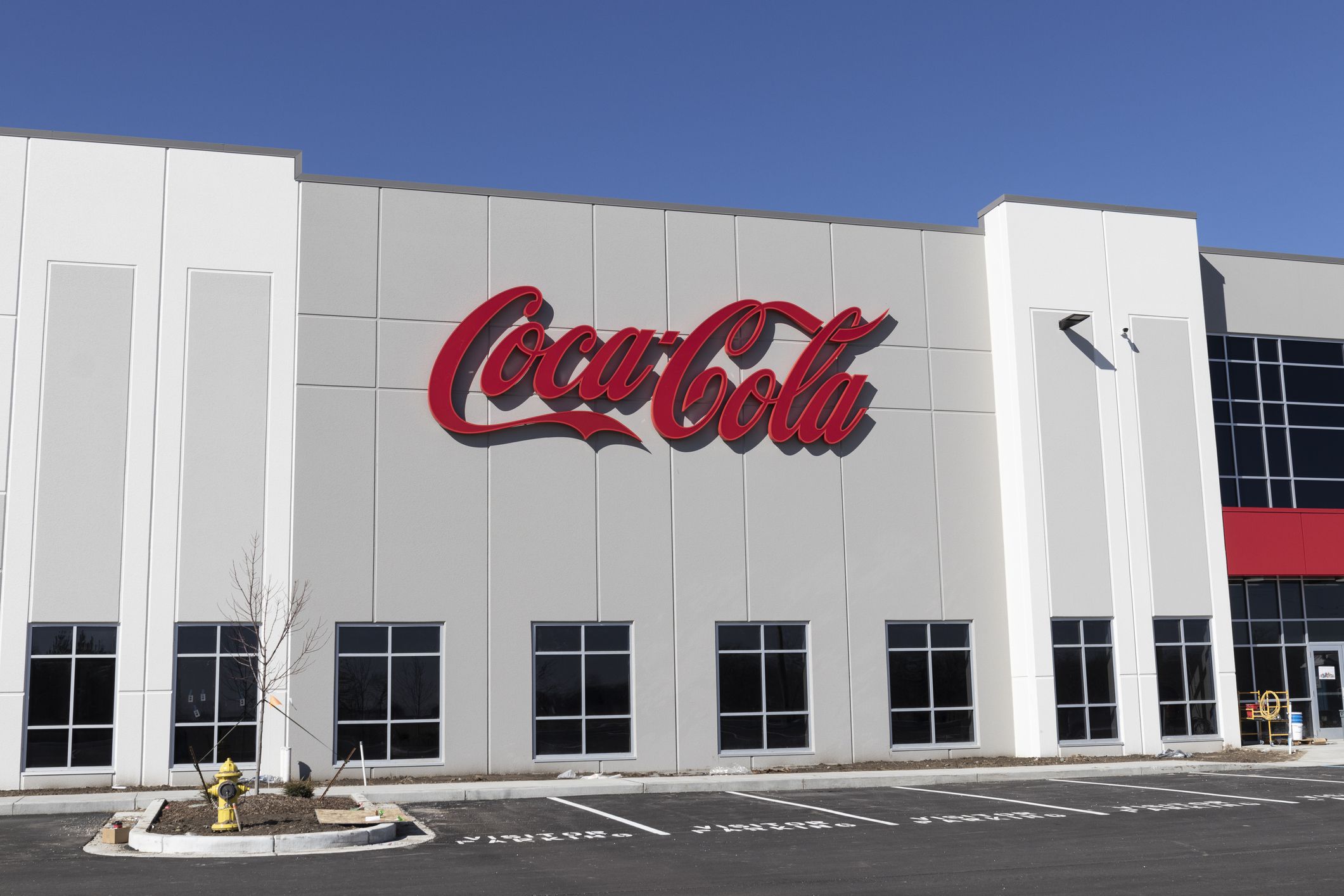
You’d now have: $51.2 million
From buying 100 shares for: $4,000
On the IPO date: Sept. 5, 1919
At the IPO price: $40
Any original investor in the beverage giant has to be long gone, right? But let’s say one of them passed on 100 shares from the IPO more than 100 years ago — and their subsequent splits. With a 1-for-1 stock dividend in 1927 and 10 splits between 1935 and 2012, their heirs would be looking at a serious windfall. And to think that it all started with a single glass of soda served at an Atlanta pharmacy in 1886.
